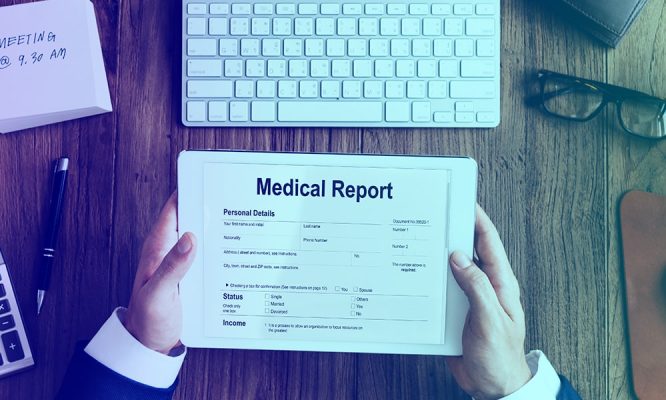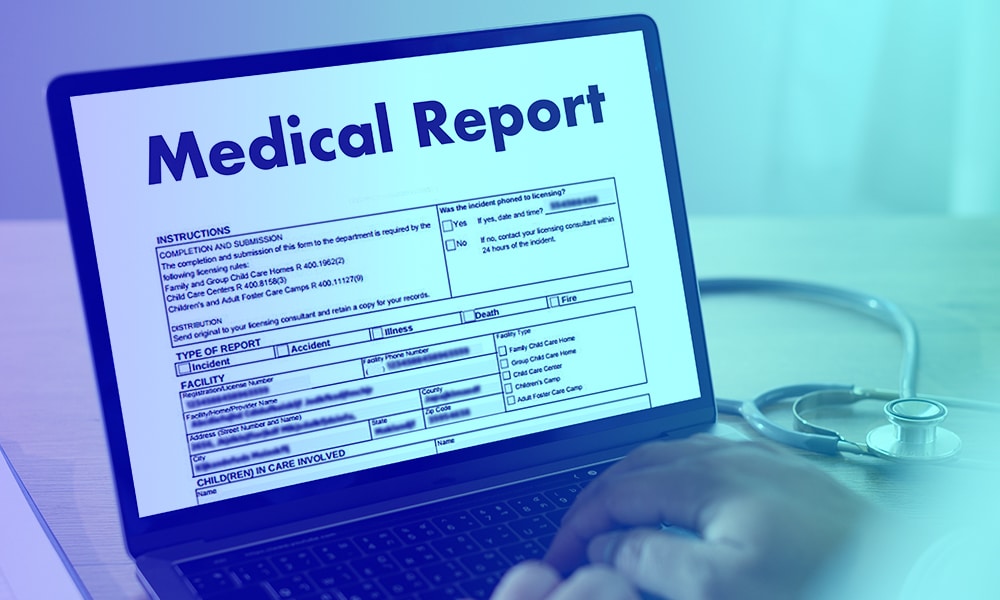Fortifying the digital infrastructure of healthcare organizations involves complexities and heavy investments. From deploying intricate tech stacks to upskilling challenges, navigating bottlenecks is a task. With healthcare data considered one of the most sensitive, the onus is on healthcare stakeholders to ensure optimum compliance and confidentiality of medical data. With the passing of the iconic EU AI Act, which aims at setting global standards in addressing and mitigating opportunities and threats associated with AI and data, along with HIPPA and GDPR regulations, the mandates are only more intricate.
However, there is good news.
With the implementation of standardized frameworks and protocols, healthcare enterprises can ensure their patient data is safe and at the same time interoperable as deemed necessary by other authorized collaborators. This is where data de-identification comes in and involves a paradigm shift in terms of operational culture in healthcare organizations.
Since we are familiar with the basics of data de-identification, in this article, we will extensively explore the different data de-identification or data anonymization techniques and how to implement airtight strategies to further strengthen it.
[Also Read: HIPAA Expert Determination]
De-identification Parameters To Comply With The HIPAA
To ensure optimum safety, security, and privacy of healthcare data, the Department Of Health & Human Services regulates the HIPAA. This rigid protocol is a guideline that moderates privacy rules, enforcing the de-identification of 18 critical parameters as follows:
| Personal Information | Biometric Information | Supportive Information |
|---|---|---|
| Name, contact details, birth date, date of admission and discharge, email address, phone number, and social security number | Fingerprints, voice prints, full-face images, unique identification numbers, comparable images, and more | Health record number, health plan beneficiary number, license number, account number, vehicle number, website URLs, device identifiers, and serial numbers |
A Brief Overview Of Data De-identification Techniques
There are different techniques and approaches to ensuring compliance with HIPPA and GDPR through data de-identification. Let’s look at some of the most commonly implemented ones.

Data Anonymization
This is a fool-proof concealment technique that ensures the complete removal or alteration of personal identifiers so that patient data can never be re-identified. This is an irreversible process.
Data Masking Or Data Redaction
This technique involves masking or obscuring only the specific healthcare data fields that contain sensitive information.
Data Generalization
This process involves generalizing specific inputs or parameters. For instance, the birthdate of an individual – information that can lead to data re-identification – is converted into a vague range. This gives just the right amount of information to stakeholders without giving away patient details.
Data Pseudonymization
This is the philosophical opposite of data anonymization which involves replacing personal identifiers with specific codes or pseudonyms so that data can be re-identified whenever required. With that said, confidentiality is still maintained as access to codes and pseudonyms rest with authorized stakeholders.
[Also Read: Data De-identification Guide: Everything a Beginner Needs to Know (in 2024)]
How To Ensure Perpetual Compliance To Healthcare Data Mandates?

However, such dramatic implementations and use cases of AI come with their own set of challenges predominantly in the form of AI training data requirements. And due to the nature of healthcare data and the sensitivity surrounding it, quality healthcare training data is difficult to source. This is exactly why data de-identification becomes all the more critical as it is inevitable to aid AI breakthroughs and innovation.
So, whether it’s internal R&D that your enterprise eyes on or a standardized practice to ensure HIPPA and GDPR compliance, there are a few initiatives that can be implemented. Let’s explore what they are.
Healthcare Compliance Best Practices
- Nurture the practice of data safeguarding as a culture on a policy level through data encryption techniques. Reports claim that over 61% of data breaches stem from human negligence. So, have a protocol in place to ensure access controls and that you spend enough time and resources training employees on data protection.
- Implement standardized guidelines across the organization hierarchy to store, access, use, and retrieve data.
- Keep an eye out for updates on HIPPA guidelines to ensure consistent compliance.
- Random audits of data can help detect possible operational loopholes and ultimately process optimization.
- Deploy a compliance officer if required.
- Have an action plan to handle devastating data breaches and execute frequent drills for familiarity.
- Collaborate with a trusted AI training data provider like Shaip to ensure foolproof annotation and de-identification practices.
Healthcare data de-identification is not a one-time affair but a consistent practice. It’s sensitive and requires a meticulous approach with attention to detail. We believe this article helped you understand the criticality of data de-identification and its implications.
To skip the challenging aspects and ensure optimum compliance with healthcare mandates, you can get in touch with us for your data anonymization needs. Our experts and veterans from the domain will ensure the contextual implementation of protocols for your business vision.







